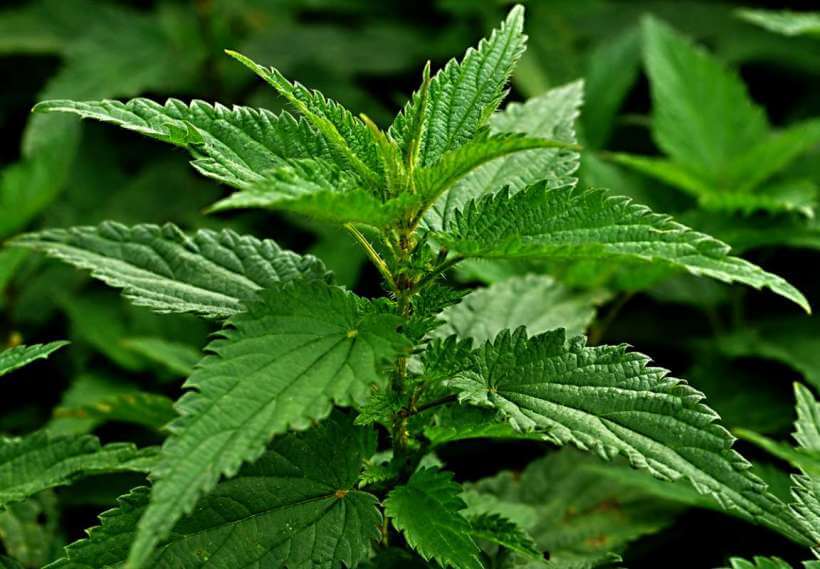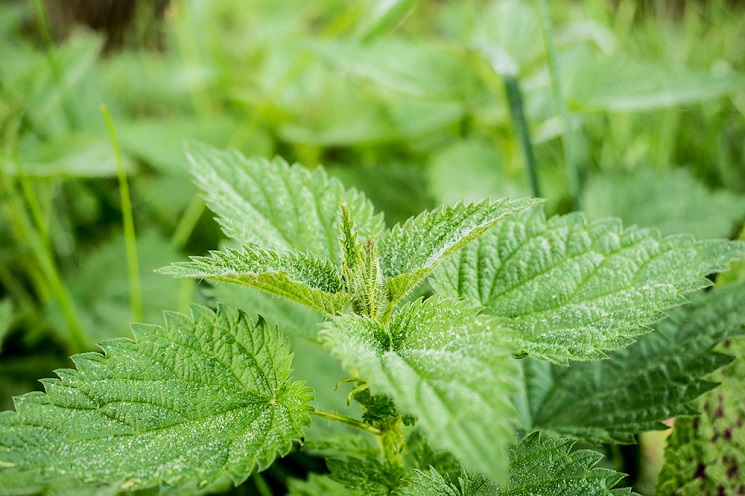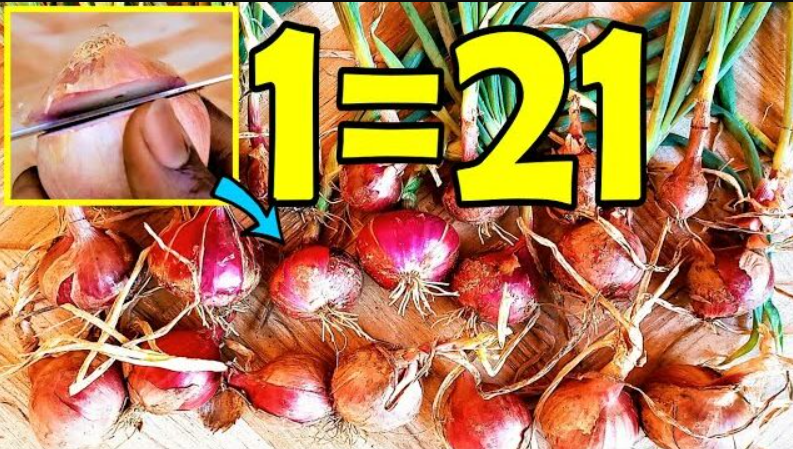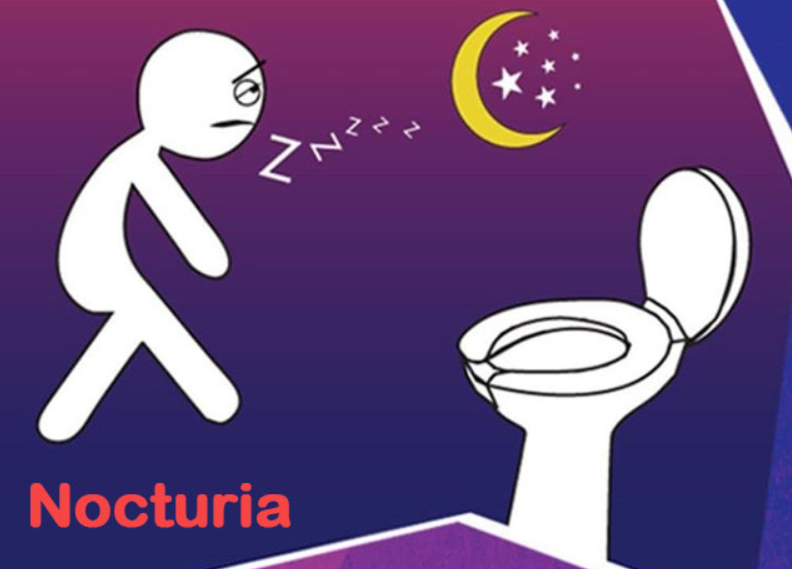Nettle is one of the most common plants on the planet. Many people dislike it since it causes a painful burning feeling when we touch it with our bare skin.
However, baking, as it is commonly known, is a true lifesaver when it comes to a variety of illnesses. From the root to the blossom, every part of this plant is medicinal, and each of them should be found in our kitchens.
Nettle relieves severe headaches and is especially beneficial to women who have recently given birth. This “prickly” herb is a terrific ally for purifying the blood and lowering blood sugar levels, as well as treating urinary tract inflammation and stimulating the intestines’ activity.
It is also known to help people suffering from rheumatism, but it also helps fight liver and bile diseases, insomnia, splenic tumors.
Find out more about: Pineapple Water: Recovers The Thyroid Gland, Liver, Removes Fat Deposits!
Chemical composition:
Organic acids, free amino acids, flavonoids, carotenoids, tannins, and coumarins are all found in nettle leaf. Polysaccharides, lectins, coumarins, and triterpenes are all found in nettle root.
Usage:
Nettle leaf is used to treat excessive menstrual flow and hemorrhoids, as well as high blood sugar levels and to speed up urinary excretion. Glossy indicates that nettle root is utilized to treat both benign and malignant prostate adenoma.
Method of preparation and use of tea:
One teaspoon of chopped root is poured with 150 ml of cold water, heated to boiling and filtered after 10 minutes. Drink three times a day for a cup of tea.
Pour a tablespoon of nettle leaves with 200 ml of cold water, quickly bring to a boil. Cover the dish and let it stand for 10 minutes. Strain and drink three times a day after a cup of tea.




